
About SqncBrk
Sequence break is the act of obtaining an item out of order or performing certain action out of order. In…
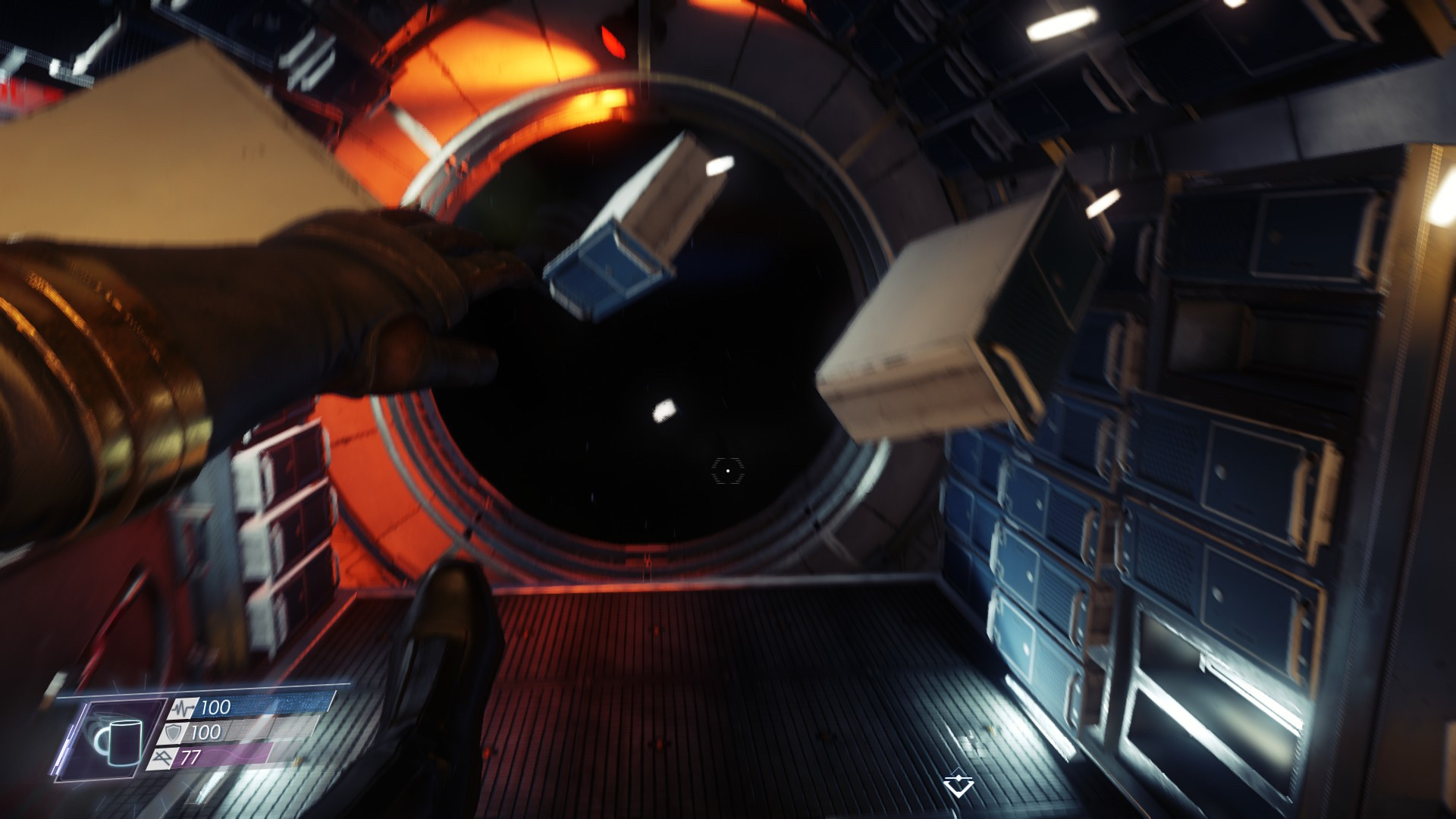
You may already know how it starts: opening sequence was heavily spoiled by various trailers. You stare into the mirror, you select your protagonist’s gender. You are in your sunlit apartment on the top floor. “Good morning, Morgan”. You go to the mirror. You pick your character’s gender. You stick that needly thing into your eye (it’s called neuromod and it’s how you upgrade your abilities in Prey). You’re about to start your day. Of course, something awful’s about to happen: monsters will ravage the space station, people will die. Illusions will shatter; that’s right, and your apartment isn’t really your apartment. You’ve been in a weird Truman Show experiment augmented by daily memory erasure. You’re about to break out.
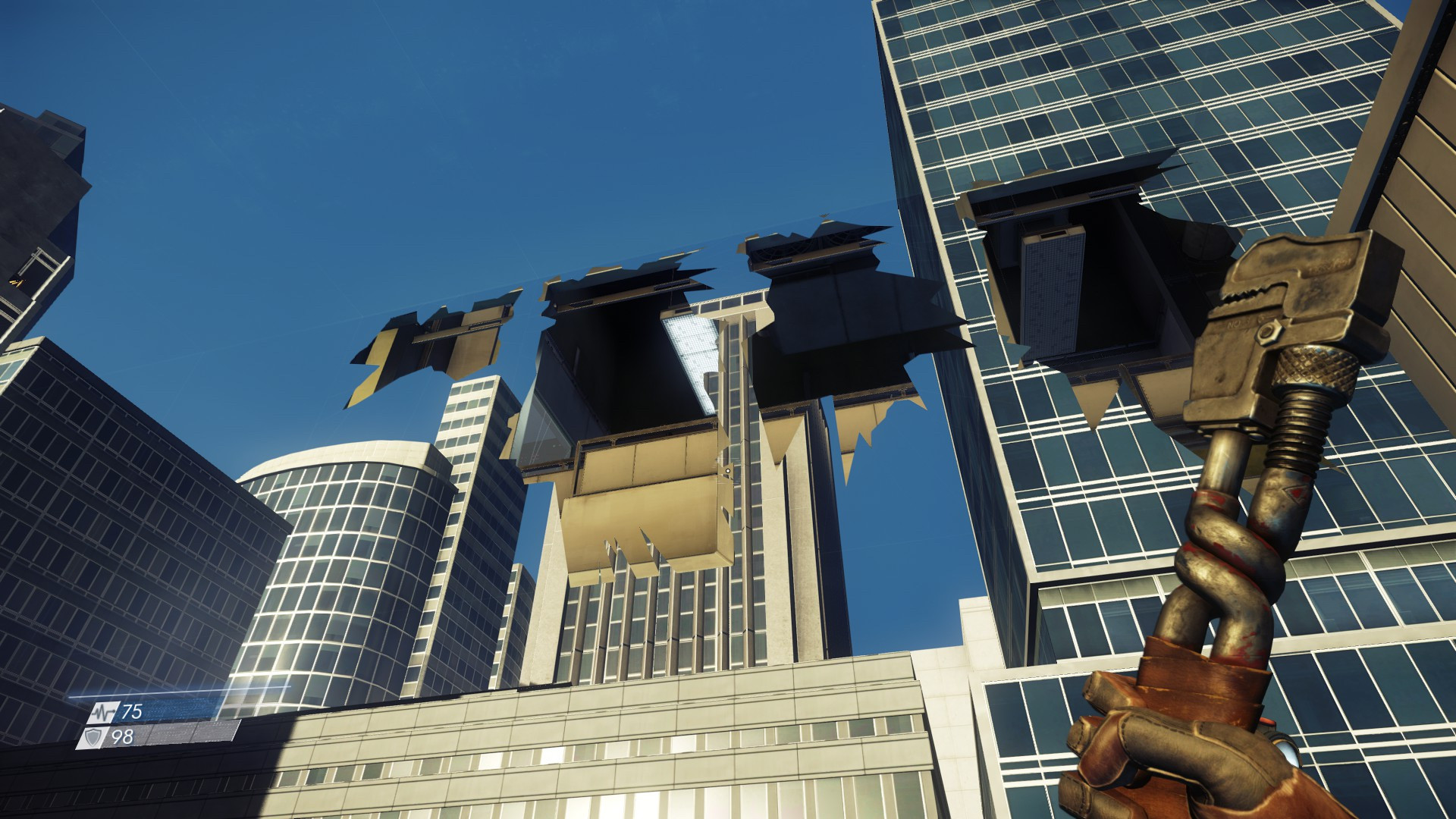
It looks simple on the surface: first-person combat, jumpscares, “magical” powers and a light sci-fi setting. And a million other small things that make it look so in its place between Bioshock and Dishonored. This may even be an appropriate explanation if you only have a few seconds to describe this game. What's different is how the world of Prey is structured. It is contained to the interior and immediate exterior of a space station.
Stepping out of the airlock for the first time is breathtaking: the sound is muted, the air is hissing being sucked away into the void, there's no up and down anymore. And your playground suddenly is very, very big. The near space of the Talos I is filled with mimics, items, dead bodies of former station inhabitants and a few still alive bodies of
On board there are three ways of getting around: you can quite obviously walk around, you can eventually unlock a huge elevator that you stumble upon immediately after the prologue and finally you can get inside service tunnels. This is where maneuvring with the thrusters comes in handy once again and gets you up to speed before the next time you go into the big outer space.
Getting access to huge swaths of new areas to explore is paced with powerful enemies and environmental puzzles. Both send you out on hunts: getting past them would require more weapons found, more abilities unlocked, more keys, passwords, and secrets accumulated. The exploration is paced around gathering tons of junk and getting back to the recycling station to extract another batch of crafting materials. And those get you anything you need (granted you found a recipe for it).
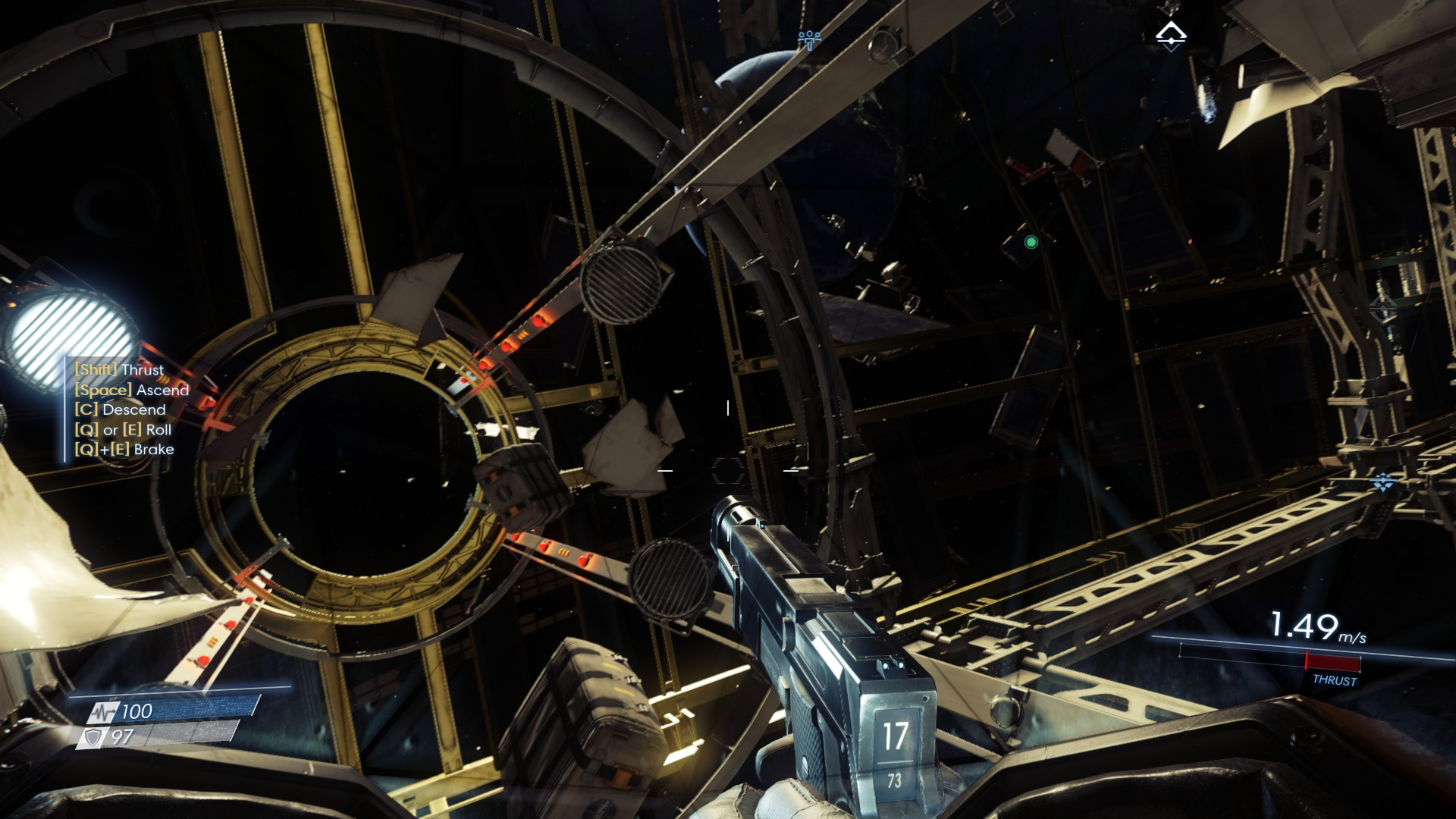
Prey certainly truly shows how liberating huge interconnected spaces can be despite all the constraints they impose. You can’t have a story that keeps turning the heat up to eleven all the time; in fact you can’t count on any specific pacing at all — the usual ebb and flow, the moments of calm intermixed with high-octane action — this is something that players have to construct themselves out of pieces that you give them. But instead of that perfect handcrafted rhythm Prey offers a vast variety of possible outcomes. Going in you may expect your typical side-quest will have only a couple of outcomes: failure and success, maybe and “evil” and “merciful” outcomes. That’s not how it goes here: options are numerous, some are more hidden than others, but all of them are logical and believable. Even the main objective has an unusual option: halfway throughout the game you can just bail from Talos I in an escape pod leaving it to someone else to deal with the mimic outbreak.
There may be no hand-holding about moving forward, but there’s still some nudging. The game unsurprisingly relies on scripted events and radio calls, the ones with the little portrait of a caller in the corner of a screen. Perhaps, it’s not even fair to call them calls: they’re more like voice mail. Complete disregard for what is happening with the protagonist, who, of course, stays awkwardly silent the whole time. Still, that’s what moves the story forward and that’s what gives you objectives and provides reasons for more exploration.
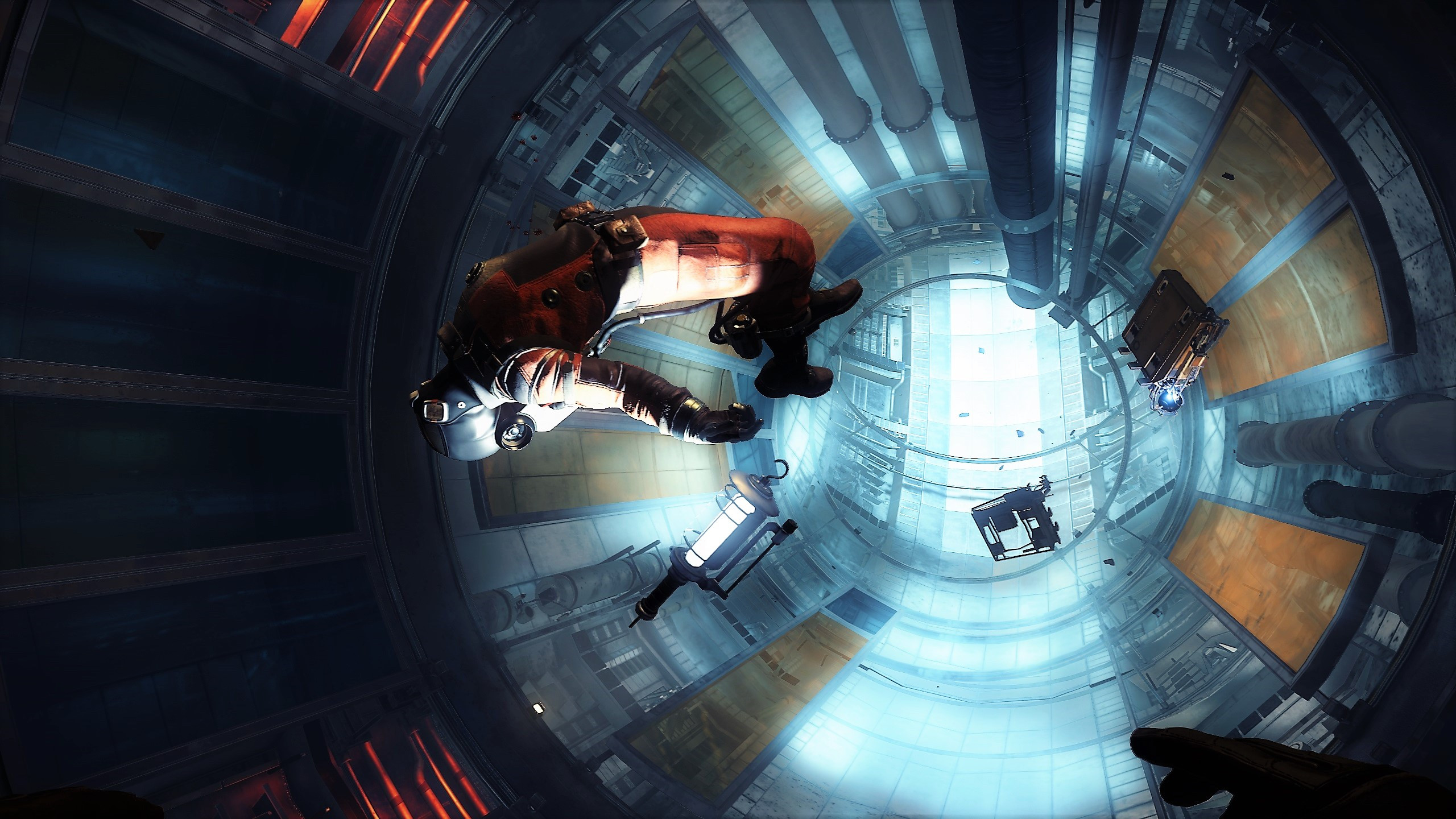
Sticking just to the critical path may seem like a right way to go for starters, but quite soon you'll stumble upon your first NPC in distress and then another one. There will be paths going sideways to your current main objective: locked doors — and it will be hard to resist their call.
The Mooncrash DLC plays by its own rules. It is a standalone mini campaign set on the moon (hence the title). You'll play as an employee of Kasma Corp. (a rival to the main game's Transtar). Your task will be investigating events on Transtar's lunar base which suddenly went dark. Oh, you bet this had something to do with mimics. You won't get to live through catastrophic events though — instead the premise of the DLC is slightly more game-like. You simply play through incomplete virtual reality logs of various employees. Each of them comes with their own backstory. Their abilities are tiny focused slices of the original expansive tree of Morgan, main game's protagonist. You are not quite free to just select any “class” at the start. Only one is accessible and you'll have to unlock more options.
You explore the premises, familiarise yourself with base layout. Central area with a watchtower, a few small facilities around it, some underground structures. Three big wings of research station: labs, mining and crew annex. You explore and conquer, figure out working strategies and where the useful items were stored, what were the dangers and where the paths to your goals lied. Eventually either your character dies or you escape the station via one of the five ways. Then you can switch to another character, if you've unlocked them by completing objectives or finding certain well-hidden items. After you're done with all five it's time for some outside-of-the-simulation story and then it's back to square one. Well, not exactly — you keep your resources and unlocks and fabrication plans; and you can outfit your character to your heart's desire.
Most importantly though — you keep your knowledge. To throw you off-balance the game will employ small doses of randomness: sometimes there's no power in laboratories and sometimes it's the crew quarters that are pitch dark. Some of the paths are now blocked by rubble; some enemies have changed their locations — nothing major, just enough to keep you from literally starting to repeat the same action sequences without any thought. Still, though, it feels a bit like training yourself for a speed-run. You don't just learn the most effective route, you learn to “read” the game's environment quickly. Eventually you'll get there: a perfect run, all five characters escaped the station one after the other. The order is important, of course, each escape route can be only used once and activating some of them requires “cooperation” from your characters (i.e. only the engineer can repair a certain terminal which only the custodian can hack after that).
It's not just a miniature metroidvania set apart from a bigger one, it's an encapsulated experience of mastering one.
The smoke and mirrors game from the prologue never really stops: nothing is exactly what it seems on the surface. You'll uncover characters' secret motivations, their conspiracies, their past. The final big reveal of a magic trick is saved right for the very end. It’s not clear where the series could go after such a conclusion, but it's worth it; the theme is consistent.
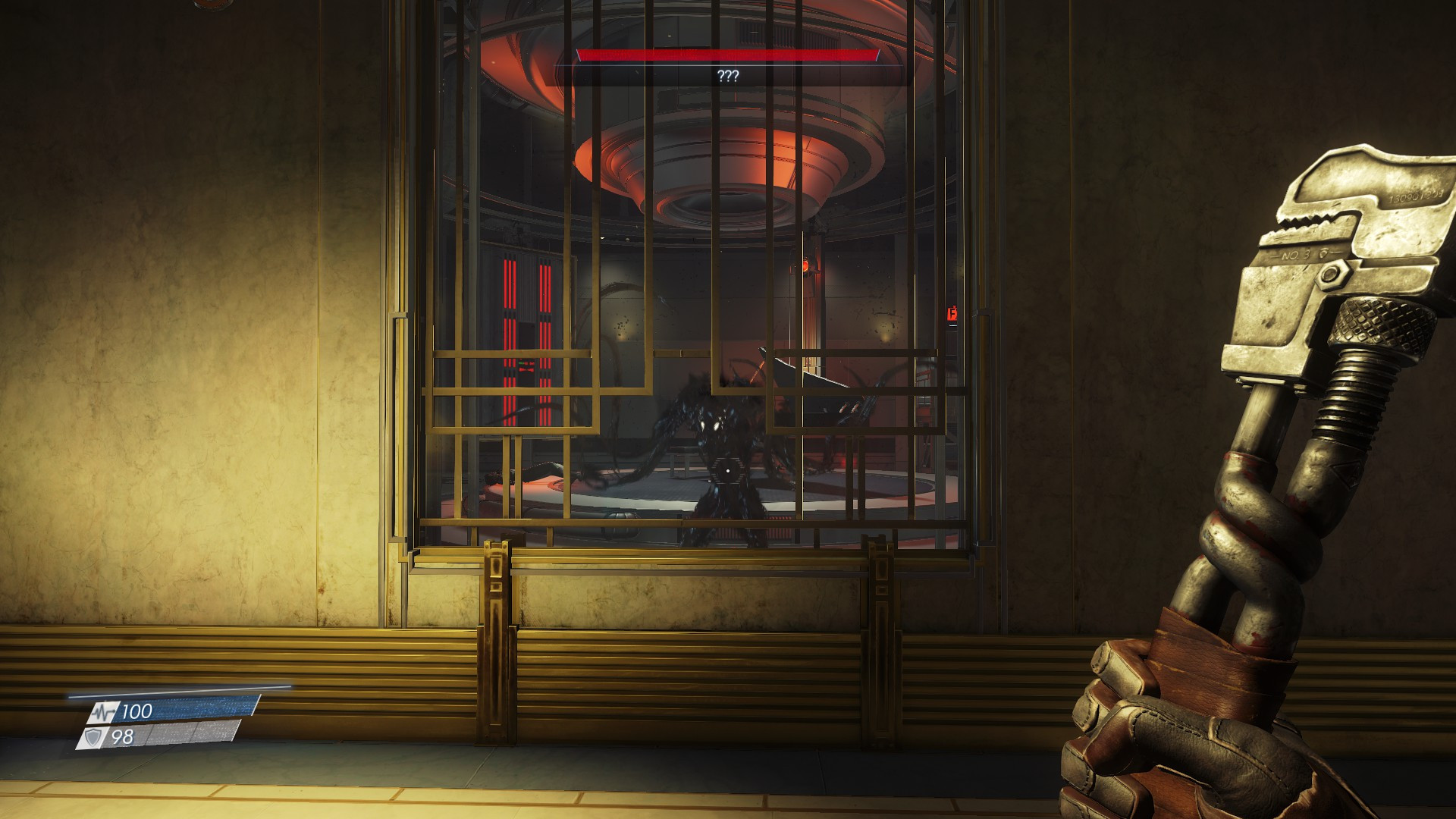
There will be a tool for every obstacle and every little thing will be useful (even the foam bolt crossbow). You'll walk around and notice stuff. Those “cashier windows” on locked security stations. Those heavy crates barricading the passage. That poisonous gas or impossibly high jump — all of that leaves in a mark in your memory. Coming back, passing by again and again — that is what ultimately turns Talos I into a real place.